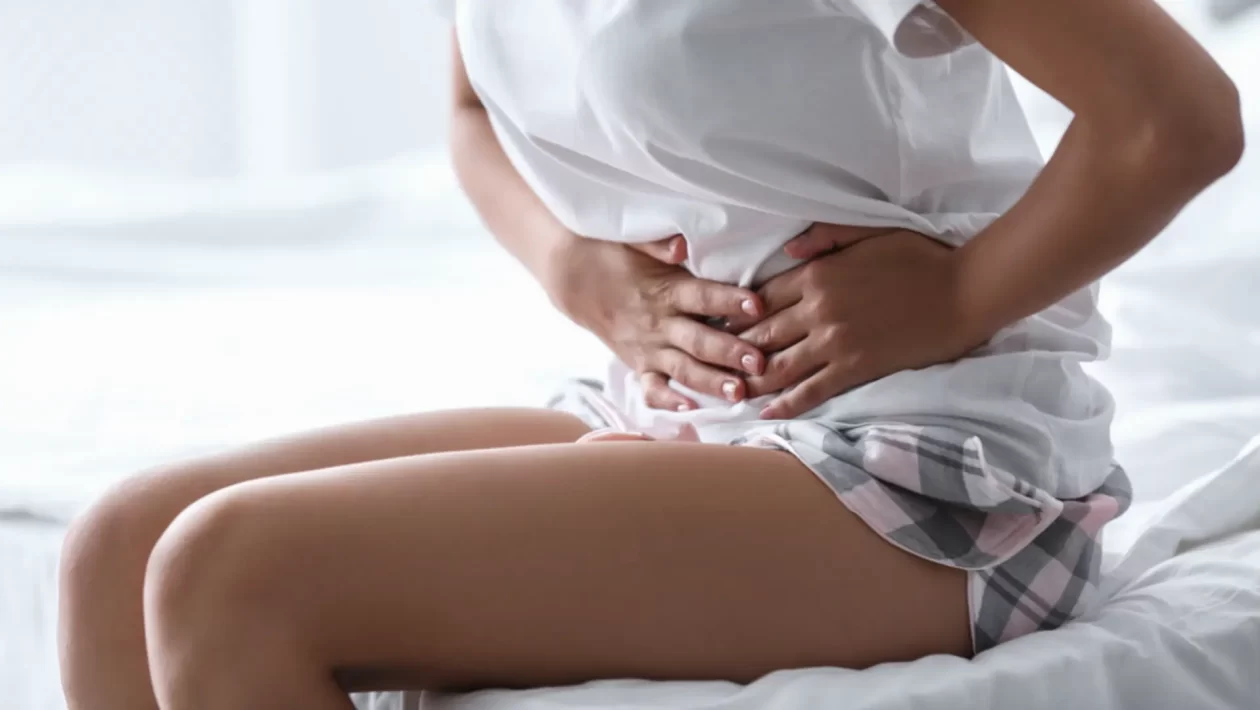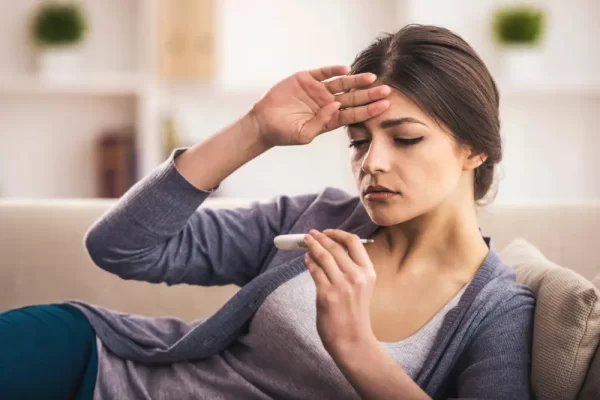An estimated 176 million women around the globe suffer from severe period cramps every month. They often spent years searching for a diagnosis. With a general lack of awareness, hesitation around menstrual health, hit-and-miss treatments, and uncertainty over what level of pain is normal- far too many women are sent away reevaluating if it’s all in their head.
While monthly pains and routine burdens around menstruations are common, these could also be indicators of endometriosis. Endometriosis (en-doe-me-tree-O-sis). is a medical disorder where the tissue that lines the uterus begins growing outside it. It can affect the regions such as the ovaries, in and around the bladder, fallopian tubes and the pelvic lining. The area becomes inflamed and painful due to the influence of the misplaced tissue, making it grow, thicken and separate. Due to its complex nature, many patients with endometriosis remain undiagnosed.
How to identify if you have Endometriosis?
While cramps are normal during menstrual periods, the condition turns the pain worse than usual for some. Additionally, the pain can start before your period and continue for several days after it ends. A potential case of endometriosis may show symptoms like:
- Painful periods with heavy flow
- Pain and discomfort in the pelvic region
- Lower backache during menstrual cycle
- Pain during or immediately after intercourse
- Infertility problems or miscarriages
- Bleeding or spotting between cycles
For our bodies are so different, symptoms may also wary from person to person. The severity of pain is not always proportionate with the extent of the condition. Some people may show extreme signs, while others may have little to no symptoms at all.
There isn’t an easy assessment to confirm endometriosis. Different examination and testing’s are although available, they’re not always conclusive.
- Laparoscopy
It is a procedure where the doctor makes a small incision around the naval to inspect your abdomen. A laparoscopy can help identify the location and signs of the endometrial tissue outside the uterus.
- Pelvic exam
Another common test is the pelvic exam to feel for any cysts or scar tissue.
- Ultrasound
Tests like ultrasound uses high-frequency sound waves technique to gauge whether you have the problem or not. Although, it might not be the most definite way to help with the diagnosis.
- MRIs
Magnetic resonance imaging uses magnetic field and radio waves to gain clear and detailed images of the tissues and organs within the body. MRIs helps to identify the location and size of endometrial implants.
Treatment
To deal with something that never goes away can be a difficult concept to grasp. Patients who suffer from endometriosis have to take extra steps almost everyday to feel a bit comfortable and get relief from the pain. Endometriosis has no cure, and it’s symptoms needs to be looked after.
Pain Medication
The first and the foremost step to manage endometriosis is taking pain relievers such as ibuprofen, Advil and other anti-inflammatory over-the-counter drugs.
Hormone Therapy
Supplement treatments can sometimes be effective in providing some relief from the agonizing pain. Hormone therapy is not a permanent fix as the symptoms could return after the course is complete. Therapies include:
- Contraceptives include birth control pills
- Gonadotropin-releasing hormone (Gn-RH) agonists and antagonists
- Aromatase inhibitors that reduce the amount of estrogen in the body.
Fertility Treatment
Women with endometriosis can develop fertility issues as well. Doctors may recommend fertility surgical treatments. The treatments ranges from the stimulation of ovaries to produce more eggs, to in vitro fertilization.
Lifestyle & Home Remedies
Heating pads and hot baths help provide short-term relief, relaxing the muscles and reducing pain & cramping.



